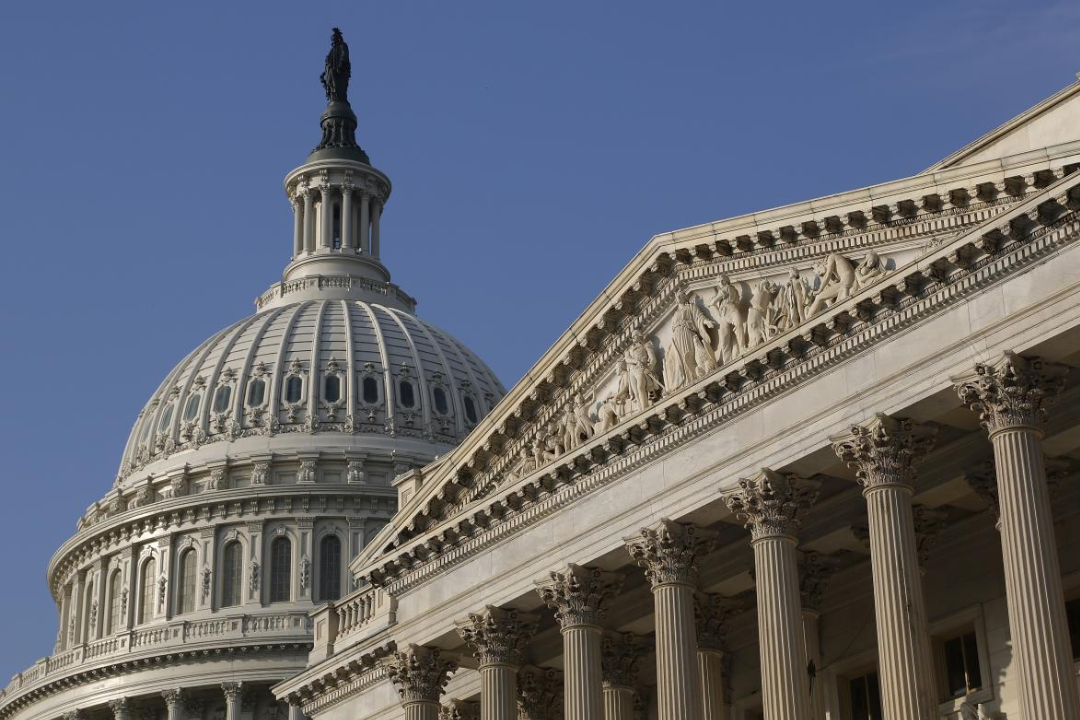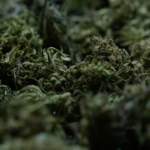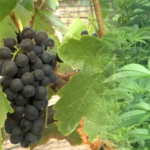Dominique Easley initially relied on cannabis to overcome his addiction to opioids, which were prescribed for him to relieve the pain of multiple soccer injuries sustained in both his college and professional soccer careers.
As Easley explains, medical cannabis treatment, which is legal in California, helped him sleep and gave him a path to self-healing. Cannabis also helped his younger sister in her lifelong fight against fibromyalgia.
Easley’s college teammate Jordan Reed, who won all-pro awards in the National Football League, was never an opioid user. After multiple concussions and a second foot operation, he began researching cannabis and was convinced of its value as a holistic medicine for combating pain and depression.
While Reed invested in legal cannabis in Colorado and later in other states, Easley pursued licenses in New Jersey. The two eventually teamed up to form BPH Legacy Partners with fellow investors to apply for multiple cannabis licenses, with a focus on rural areas with high minority populations plagued by opioid addiction.
As they share their stories about the benefits of cannabis use, Easley and Reed also spread awareness that the historical oppression of African Americans is behind the ban on the medicinal herb. The couple seeks to remove the federal List I list, which even bans marijuana research, and remove barriers to minority participation in legal cannabis businesses.
Appendix I and the prohibition on cannabis research
President Roosevelt’s Marijuana Tax Act of 1937 was driven by overt racism when newspapers announced that “this stuff gets white women and black men to have sex. Still, marijuana was listed as a legal medicine in the United States until 1942.
Attorney General John Mitchell declared marijuana a List I drug under the Controlled Substances Act of 1970, fueled by President Nixon’s eagerness to prosecute the anti-war left and black men. Nixon’s own Shafer commission had rated cannabis as safe as alcohol, but the Schedule I list declared it a drug of no medicinal value and a high potential for abuse.
The DEA has overturned an unscheduled recommendation by Francis Young, a DEA administrative judge, who stated that “Marijuana in its natural form is one of the safest therapeutically active substances known to man.” Four other petitions also bit the dust.
According to the Drug Policy Alliance, the DEA continues to justify List I by the lack of research and continues to prohibit private laboratories from scientifically researching its beneficial properties. Their intransigence has been astounding to state lawmakers, doctors, and citizens, as well as foreign researchers who have demonstrated several useful uses for cannabinoids.
The latest Gallup poll shows overwhelming public support for full legalization or decriminalization (removing the stigma from Schedule I). Meanwhile, List I opioids killed nearly 50,000 Americans in 2019, up from just 21,000 in 2010. Virtually no one dies from cannabis use, yet there has been no federal action, most recently over President Biden’s lifelong opposition to its legalization.
Pitfalls in minority entry into cannabis marketing
Since California legalized marijuana for medicinal purposes in 1999, the Golden State and many others have legalized the herb for medicinal and recreational use. Some have also begun overturning previous criminal convictions for marijuana offenses. Still, the race-based Nixon-Mitchell bans remain federal law.
The ABA advocated the creation of “a bank-specific solution that. . . Banks allow cannabis-related businesses to operate in states where the activity is legal. ”Meanwhile, cannabis-related businesses do not have access to credit and require huge amounts of cash to enter. Some banks are now accepting deposits from cannabis companies, but conventional financing options remain taboo.
Some states, despite their own high fees, have introduced “justice” programs to reverse the mistakes of previous bans or create a more inclusive cannabis industry. But even where they exist, the results have been mixed.
Michigan requires a $ 6,000 state application fee, $ 66,000 for state regulatory assessments, a $ 5,000 local community application fee, and $ 200,000 proof of property. Yet only half a dozen of the state’s first 233 cannabis licenses went to minority majority-owned companies. In response, Michigan launched a micro-business licensing program that opens doors to new entrepreneurs and small business owners.
The Maryland Medical Cannabis Commission acknowledged that only 10% of the state’s cannabis investors were colored, and most of them owned small stakes in licensed companies. The state legalized medical marijuana in 2017 and created Diversity Points for qualified applicants in 2018 to increase minority participation in the industry. Even so, black Marylanders are still twice as likely to be arrested for cannabis possession as white Marylanders, despite the state decriminalizing possession in 2014.
As Reed notes, “The licensing process alone in most states is daunting to the average minority applicant.” Recognizing that her professional football background helped them get into the business, Easley complains that “many of our friends do Door has been closed because of their lack of capital and even their minority status “.
Duggan Flanakin is a journalist, political analyst, and poet based in Austin, Texas.
Also Read:
- How to Prevent Chronic Pain From Getting Worse
- Impacts of Nutrition on Chronic Pain Relief
- Medical Cannabis as Chronic Pain Medicine
- Illinois is awarding 55 more cannabis pharmacy licenses in the second of three license lotteries
- Central Coast winemakers and legal cannabis growers are looking for something in common





